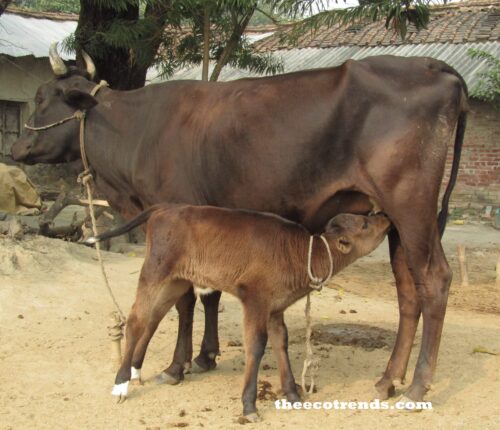Animals could be mainly divided into wild and domestic. However, the domestic animals that live under wild conditions are called Feral Animals. It is not very difficult to understand a domestic animal from a wild animal, by looking at them, as there are many differences exhibited between them.
Domestic Animals
The definition of domestic animal includes three types known as companion, livestock, and working animals.
People have been domesticating animals under their control to gain economic benefits through agricultural purposes.
Humans control their behaviours, feeding, and other biological requirements. People even manipulate the genetic backgrounds of domestic animals through selective breeding.
Farm animals have been important to fulfill milk and protein requirements, and the dogs have been useful for protection, and large animals (viz. horses, elephants, donkeys… etc.) have been vital for fulfilling working purposes.
However, the relationship is crucial in handling the domestic animals because they are well capable of injuring the humans sometimes to death. However, domestic animals have played a major role in the human, in cultures including entertainment, agriculture, transportation, and companionship.
Wild Animals
All the species start their journeys on Earth as wild species, some stay as wild, but some become domesticated.
Animals that live in wild conditions without being domesticated are the wild animals.
It would be important to note that there may be a portion of a particular species found in wild while the rest has been domesticated, such as elephants.
In fact, there are only few species that have become completely domesticated such as dogs, chicken, or cattle.
Wild animals live the life that has been gifted from the Mother Nature, which is far from the human influence. They would not have to obey commands of humans but can live on their own.
Wild animals have their own preferences to survive in the environment that they live in. However, they face many problems caused by humans or anthropogenic activities.
Hence, the free roaming environment has been reduced to small areas compared to the earlier situations. As a result, the human-wildlife conflict has been resulted. Wild animals raid on agricultural crops, destruct human habitations, or they can even kill humans for food in worst cases.
However, wild animals have been a great source of information for the world of science. Wild animals are sometimes a great source of income, which can be earned through tourism-related activities. If sustainable harvesting is practiced, wild animals could be reasonably used as a source of protein for humans, as well.
Differences between domestic and wild animals are –
(i). Wild animals live without direct influence from the human whereas domestic animals live under the care of humans.
(ii). Aggression is higher among wild animals than in domestic animals.
(iii). Domestic animals are trained to obey the human commands but not the wild animals.
(iv).The number of wild species is much higher than the domesticated number.
(v). Wild animals are pests of agriculture, but domestic animals are friends of agriculture.
(vi). Domestic animals are useful for various anthropogenic activities but not the wild animals.
(vii). Anthropogenic or human activities may be mostly problematic for the wild animals, but domestic animals do not usually get disturbed from those.




